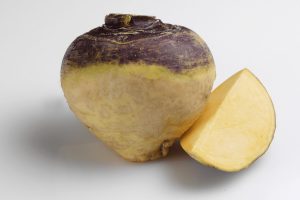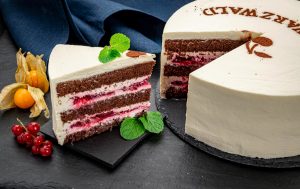
23 interesting facts about Croissant
- 👁️ 1565
The croissant, with its flaky layers and buttery flavor, is a staple of French cuisine and a beloved pastry around the world. However, its origins and the journey to its current iconic status are as layered as its dough. Though widely associated with France, the croissant’s history is a blend of cultures and culinary traditions. This pastry not only symbolizes the sophistication of French baking but also tells a story of cultural exchange. Here are 23 interesting and informative facts about the croissant that highlight its fascinating background, evolution, and the artistry involved in its creation.
- The croissant originally came from Austria, where it was known as the “kipferl.”
- It was brought to France by Marie Antoinette, an Austrian princess who married Louis XVI.
- The croissant’s shape is traditionally thought to represent the Islamic crescent, celebrating the defeat of the Ottoman Turks in the Battle of Vienna in 1683.
- The first written reference to a croissant in France was in 1853 in a dictionary of commercial and industrial terminology.
- The modern, puff pastry version of the croissant was developed in the early 20th century.
- Croissants are made from a leavened variant of puff pastry, where yeast is added to the dough to help it rise.
- The key to the croissant’s flaky layers is the technique of “lamination,” which involves folding butter into the dough multiple times.
- A traditional croissant recipe requires the dough to be rested and chilled for several hours, sometimes even overnight, between folds.
- The “Viennoiserie” pastry category, to which croissants belong, is a French term meaning “things from Vienna.”
- Croissants were not widely consumed in France outside of Vienna-style bakeries until the 20th century.
- The French croissant is made strictly with butter, while other variants might use margarine.
- There are two main types of croissants: the straight croissant, which is made with only butter, and the curved croissant, which can contain other types of fat.
- In 2013, the French government recognized the artisanal croissant made with pure butter as part of the country’s cultural heritage.
- Croissants are commonly used in France as a breakfast item, often enjoyed with coffee or hot chocolate.
- The “croissant au beurre” is a variation that contains more butter than the typical croissant dough.
- Croissant dough is also used to make other pastries, such as “pain au chocolat” and “almond croissants.”
- Some bakeries in France offer a “croissant du jour” with unique fillings or flavors each day.
- The largest croissant ever made was 41.8 meters long, created in Poland in 2012.
- In some cultures, croissants are filled with ham and cheese to create a savory snack.
- The term “croissant” in French literally means “crescent,” referring to the pastry’s shape.
- Croissants have become a symbol of French cuisine, although they are enjoyed in bakeries and cafes worldwide.
- The process of making a croissant from scratch can take up to two days, highlighting the craftsmanship involved.
- Variations of the croissant, like the “cronut,” a croissant-doughnut pastry, have gained international popularity, demonstrating the pastry’s versatility and enduring appeal.
The croissant embodies the art of French baking while carrying influences from Austrian cuisine, illustrating the rich tapestry of culinary exchange that transcends borders. Its meticulous preparation process, from the lamination to the final bake, showcases the dedication and skill of bakers. As the croissant continues to evolve, with new variations and interpretations popping up globally, it remains a testament to the creativity and heritage of the culinary world. The story of the croissant is a reminder of how food can connect cultures, histories, and people, making it a cherished delight enjoyed by many.











